Look at these men. What do they have in common? They have a common posture, their eyes are more or less affixed to an inanimate object at more or less the same distance.
![File_000]()
And in a few hours they will be again affixed to an inanimate object. Same positions, eyes glued ahead. The only difference will be that this time this inanimate object will be brought to life courtesy one of the most refined in-line three cylinder internal combustion engines made by man; to practice the last real urban sport left to mankind – motorcycling.
And when you have a motorcycle which makes every tunnel sound like a darn opera house, you know you have to rev it harder and push it further to enjoy the music.
I am talking about the new Street Triple 765 RS, the latest offering from a rejuvenated young man, all of 115 years, from Great Britain – his name is Triumph Motorcycles. The company got its first motorcycle on road in 1902, but it was in 1984 that John Bloor breathed a new lease of life into it. And he has turned out to be a fine Godfather, I say!
Dispensing with the rhetoric, let’s talk about the real deal. Let’s talk business. My job is to tell you how a motorcycle is so you can put in your hard earned money on the motorcycle which will bring the widest grin on your face. It’s a big ask you know. Big responsibility when I can influence your decisions and ask you to put your faith and earnings in a product.
But there are so many factors which make it difficult. To start with each one of you is different. Each one of you probably has a different riding style, different magnitude of income and so on. Also what will be your primary application?
Use your common sense to answer the above questions before you decide to buy any motorcycle. There are plenty of motorcycles now available in India which specialise in a specific application – long distance touring, track, adventure touring, cruising or hyperbikes which maximise narcissism.
![Triumph Street Triple 765 Review 18]()
To be very frank any modern motorcycle made by any manufacturer of repute has been well researched with inputs from many people who have many years of combined experience in many fields. Besides the odd mechanical issue, they are perfect for their intended application.
What we ‘reviewers’ can do is share our experiences with you, which can be subjective. The specifications and figures are as objective as they can get. I strongly believe in WYFIWYR (What you Feel is What You Ride).
But I’ll base this ‘review’ on the premise that you have something in common with me – I earn my money the hard way through blood and sweat and I like my bikes to be fast and precise when I want them to be and sound like a million bucks. I also like to take my bikes on long hauls and on the track.
So let’s do this.
Some Background
It’s been a decade since Triumph launched the original Street Triple and since then this has become one of the most popular models of the British marque.
From the time it was launched, the ST set a new benchmark in its segment. Not surprisingly, since it was derived from the fantastic Daytona 675. A year after the Supersport motorcycle was launched, in 2007; Triumph brought out the ST producing 105 bhp and weighed in at 189kg. In 2008, the bike got the ‘R’ tag with better brakes, suspension and a sportier setup. The bike had the classic twin-round headlamp till 2011. From 2012, the bike got a drastic makeover and the most prominent of which was the bug eyes! Fans and critics were divided on opinion, but sales numbers of the bike went only upward. To sweeten the deal, in 2013 the bike shed a whopping 6kg, making the already sweet handling bike even more flickable. Also a new chassis, ABS and low slung exhaust were added. The R version the same year got an improved suspension, brakes and sportier geometry. A couple of years back in 2015, the RX version was launched which got a quickshifter and the Daytona’s subframe and seat unit.
![Triumph Street Triple 765 Review 76]()
I would like to delve into an interesting product placement by Triumph in the year 2000 with the Mission Impossible: 2 Hollywood blockbuster.
Tom Cruise, arguably, one of the biggest superstars of Hollywood, rode the Speed Triple (same as the smaller Street Triple that we are talking about here for all practical purposes), for a substantial period of time in the movie doing things with it that are not entirely, well, impossible (excuse the pun).
I started motorcycling around the very same year with the humble Bajaj Pulsar 180 when I hit the age of 21. I had modified my bike to look like this:
![Triumph Street Triple 765 Review 79]()
See any similarities?
It was the most successful motorcycle product placements in a movie ever, affecting, even yours truly sitting in a room thousands of miles away in India. So that’s the legacy of the iconic Speed and Street Triples.
Coming back to 2017, it was now time for the younger sibling to get a major overhaul with the introduction of the 765.
And boy, did it impress.
First Impression: Looks
Let’s be honest. For most of us looks do matter. There is a saying that if you do not look back once, at the motorcycle you parked, then you haven’t got the right one. All the motorcycles that I own pass this test with flying colors.
I want to be able to look at them when parked at a gas station while having a quick snack. I want it to beckon me to click a photo of it in exotic places and make beautiful photos and memories. I want it to look beautiful, yes.
![Triumph Street Triple 765 Review 39]()
So how does the new Triumph Street Triple 765 RS look to me?
It is a bike which looks like an amalgamation of a bug, a transformer and a motorcycle. It’s unique with its dual headlamps. This evolution has sharper lines doing away with too much of an organic design language. It likes to to show off its mechanicals and the engine, like a lean bodybuilder who knows he has got the right mass and cuts to flaunt in front of a big and discerning crowd.
![Triumph Street Triple 765 Review 25]()
Some do not like the styling, but I think it is one of the things which you fall in love the more you see it.
This is also the first motorcycle to feature an all color TFT instrument cluster whose angle can be adjusted to cancel direct sun or suit rider preferences. And it looks gorgeous in its 5 inches of glory. But the TFT is only on R and RS models.
![Triumph Street Triple 765 Review 64]()
![Triumph Street Triple 765 Review 21]()
The standard model gets a standard display
All said and done the bike does look good, but if you want a truly unruly burly streetfighter, look elsewhere. But I will be surprised if you’ll find an overall package as good as this in the amount of money that this will probably come in.
Aural Qualities
One of the first things which many people would do after buying a multi-cylinder bike is get a new louder and sweeter sounding exhaust. This is one of the rare times I actually fell in love with the sound of an in-line 3 over an in-line 4, and that too of a stock exhaust. Fortunately, Triumph has a legit option which would get you more performance and sound right from the word go and won’t (we hope!) void any kind of warranty – the Arrow exhaust. The idling sound is almost like an in-line 4, however it turns into a real howl after 7,000 rpm. I was playing with the throttle just to hear that sound repetitively on country roads.
![Triumph Street Triple 765 Review 32]()
Ergonomics
Additional buttons, especially a five way (Left, Right, Top, Bottom and Push) have found their way on the one piece handlebar of the Street. There are a lot of things going on with the 5 inch TFT screen, however once you get used to it, not only can you choose between different display styles on that beautiful console, but you’ll actually put all that data to good use. On the RS version you can even time your lap pretty easily in the track mode. The transition and animation between the different menu options is also fluidic.
The one piece handlebar mated with the rearset provide a decent sporty posture, however it is not harsh on the rider, unless perhaps if you are over 6’1” (I am 5’10”).
The bar end placements of the mirrors do make lane filtering in traffic a tad more of an issue but help to stay clear of elbow eclipse on the road.
![Triumph Street Triple 765 Review 35]()
![Triumph Street Triple 765 Review 34]()
Performance on Road
![Triumph Street Triple 765 Review 07]()
The entire Street range now features RbW (Ride by Wire ) tech, that means more precise and smoother throttle control. Along with the host of electronics like ABS and Traction Control, making it safer in all kinds of conditions and for all kind of riders.
I usually like to ride hard on the country roads in Europe where there is a certain degree of tarmac and road conditions dependability. The road circuit had around 200 kms of narrow sinuous country roads and some bits of the Autovia (the motorways in Spain). I had a particularly enthusiastic leader up front on a Tiger Explorer which kept me company as we usually stayed way ahead of the rest of the pack.
![Triumph Street Triple 765 Review 38]()
Conditions were very foggy and the road was more often damp than not. Knowing that some electronics are working to keep you safe is always a welcome psychological boost. If an inept rider has to to kiss the tarmac, he will. No amount of tech can save him.
![Triumph Street Triple 765 Review 45]()
The bike is very light (166 kgs dry) and hence feels incredibly nimble. With 123 Bhps it actually feels more like a Daytona with raised handle bars than a street naked.
It is only at very high speeds that you start to realise the importance of aerodynamics and full fairings. But then the Daytona is not exactly a intercontinental tourer or your everyday machine!
![Triumph Street Triple 765 Review 04]()
I just had to adjust once in the beginning to figure out the exact declutching and acceleration mix to prevent over revving or bike stalling at ultra low speeds. Beyond that everything was perfect – the power delivery, fuelling and of course the quick shifter – which I thoroughly enjoyed using on the road as well on the track…
![Triumph Street Triple 765 Review 36]()
Performance on Track
![Triumph Street Triple 765 Review 12]()
I love riding on racing tracks, but I end up doing only one or two track days in a year. That’s because I am mostly touring in some part of the world. Understandably I was very excited to be able to do a track day at Catalunya, where so many great battles have been fought by the fastest men in the world. I was literally imagining Valentino taking those turns when I first hit this track on the Street Triple 765 immediately after our road ride.
I have also been fortunate enough to have ridden on tracks like Jerez, Valencia and Navarra on a rather inappropriate adventure motorcycle in 2013.
Out of the pits and into the first right – I was getting used to the bike at high speeds and more lean angles. It was confidence inspiring. The sky was clear, the track was a wee bit on the colder side but the tyres shod with amazing rubber (Pirelli Diablo Supercorsa SP) were preheated for us and the bike was set in the track mode.
![Triumph Street Triple 765 Review 50]()
Soon enough I was thrashing the bike around the track and enjoying every bit of it. The chassis had very little flex and the ‘gullwing’ swingarm seems to be working for the bike under hard accelerations, especially in reducing the compression of rear suspension out of corners.
I remember seeing a figure around 220 on the speedo. I am sure the bike went faster, but I was too busy prepping for late braking into the right corner after the main straight for obvious reasons.
Riding the 765 on track made the appear to be a bikini clad superbike!
![Triumph Street Triple 765 Review 17]()
Bang for your Buck and when can I buy it in India?
Triumph says the Street base model will land in July. It is to be seen when the RS model will come. The good news is that it is going to be a CKD, hence the cost should be relatively less, but I do not see it being less than 10 lacs.
So who is this for?
If you want to go to Leh ? Yep. With a bit of mods, maybe an underplate.
If you want to go to office daily? Yep.
If you want to go on the track and be reasonably fast ? Yep.
If you want to ride across country? Yep. Maybe with a better fly screen.
If you want to just ride to your local McDonald’s with your favourite superbiking group each Sunday. That too!
![Triumph Street Triple 765 Review 46]()
The bikes packed up and ready to say Good Bye!
![Triumph Street Triple 765 Review 77]()
Mr. Vimal Sumbly , Managing Director, Triumph Motorcycles India
The Boring (or from the brochure)
Developed from the celebrated race bred ‘Daytona’ engine, the new 765cc Street Triple engine delivers a major step up in power and torque. With more than 80 new parts including new crank, pistons and Nikasil plated aluminium barrels and an increased bore and stroke. The result is a significant advance in performance, particularly low-down and in the mid-range.
Each of the new models come with their own unique engine set-up, ECU and tune, each tailored to deliver the character, power and performance best suited to the bike’s style of ride and rider.
The ‘S’ tune provides up to 6.6% more peak power than the previous generation with 113PS @ 11,250rpm and delivers a 7.3% increase in peak torque at 73Nm @ 9,100rpm.
The ‘R’ tune, with its own model-specific cam shaft, increases peak power by up to 11.3% over the previous ‘R’ model, delivering 118PS @ 12,000rpm, and delivers a 13% increase in peak torque at 77Nm @ 9,400rpm.
The ‘RS’ tune delivers the highest level of performance ever for a Street Triple, with a power increase of up to 16% over the previous model, delivering 123PS @ 11,700rpm and a peak torque increase of 13%, providing 77Nm @ 10,800rpm.
![Triumph Street Triple 765 Review 19]()
There are riding modes on all models to help the rider better harness the increased power and torque in every riding condition. A richer sound track, from a lighter, free flowing exhaust and revised airbox delivers an intoxicating and more distinctive induction howl.
Stronger than ever acceleration and slicker gear changes are achieved through a combination of revised gearbox geometry and shorter 1st and 2nd gear ratios. In addition, on the R and RS models, a new slip and assist clutch set up delivers lighter clutch action and reduced lever effort for more control and riding comfort.
![Triumph Street Triple 765 Review 29]()
Rider focussed technology
The new Street Triple line up represents a major evolution in state of the art rider focussed technology for maximum control and safety.
Ride-by-wire For a crisper, more precise and more accurate throttle response, with improved on/off throttle transition. Enabling different throttle maps, which combined with the ABS and traction control settings give up to 5 riding modes.
Riding modes Linked to the ride-by-wire system all models have new riding modes, which adjust throttle response, ABS and traction control settings
- Street Triple S featuring 2 riding modes: Road and Rain.
- Street Triple R featuring 4 riding modes: Road, Rain, Sport and Rider Programmable.
- Street Triple RS featuring 5 modes: Road, Rain, Sport,
![Triumph Street Triple 765 Review 73]()
Rider Programmable and Track.
![Triumph Street Triple 765 Review 67]()
Full colour adjustable The Street Triple R and RS feature all-new, angle adjustable
TFT instruments Colour 5” TFT instruments for riders to access the new on-board computer. There are three different screen display styles to choose from, pre-set to the riding modes and changeable easily on the move. To ensure that the screen is readable in all weather and light conditions, each of the three styles can be selected with ‘High’ or ’Auto’ contrast.
The Street Triple RS comes with an additional set of 3 more screen display styles. The second set presenting a more dynamic display theme and includes a lap timer that is exclusive to the ‘RS’.
On the Street Triple S there is a fully revised LCD instrument pack, as featured on the latest generation Speed Triple. This allows the rider to select the riding modes, on the move or at a standstill, and access key information from the on-board computer, including odometer, fuel gauge, trip meter and journey distance.
New on-board computer For the ‘S’ model this delivers a speedometer, rev counter, riding mode symbol, gear position display, fuel gauge, odometer, trip meter and journey distance.
On the ‘R’ and ‘RS’ models this presents additional features including two trip displays, average and instantaneous fuel consumption, range to empty, riding mode selection, display style and contrast settings, service information, coolant temperature, warning symbol information and also for the ‘RS’ model only a lap timer.
New switch cubes To navigate the new instruments on the Street Triple R and RS there are with 5-way joystick all-new switch cubes with an intuitive 5-way joystick control that have been ergonomically optimised to be easy to use.
The Street Triple S features the revised switch cubes set-up from the latest generation Speed Triple.
![Triumph Street Triple 765 Review 53]()
ABS Switchable on the Street Triple R and RS through the ‘rider programmable’ riding mode, which can be adjusted to suit (with road and track ABS settings) or can be turned off completely if desired.
Switchable On the Street Triple S traction control settings can be managed via the traction control instrument menu, by selecting ‘road’ or ‘rain’ riding modes, each with a dedicated level of traction control built in.
On the Street Triple R and RS traction control is managed through the ‘rider programmable’ riding mode, by selecting the desired traction control setting either ‘road’, ‘rain’, ‘track’, ‘sport’ or ‘off’.
Quickshifter The new Street Triple RS is fitted with a quickshifter allowing for clutchless upshifts that are up to 2.5 times quicker than a skilled rider using a standard clutch upshift. This can be added as an accessory option on the Street Triple S and R.
DRL Headlight The new Street Triple line up all feature new headlights designed for a more aggressive stance.
The Street Triple R and RS featuring new distinctive LED Daytime Running Lights (DRL*). These bring an eye catching new light profile that makes the bike more easy to see out on the road and a lower energy consumption for greater long term durability. The DRL is an amazing 28x brighter than the previous generation bulb sidelight.
The Street Triple S features new LED position light headlights, with the LED position light 4.6x brighter than the previous generation bulb sidelight.
*Please note that the DRL function is not available in all markets – please check with your local Triumph marketing representative.
Gear position indicator The Street Triple R and RS feature a useful gear position indicator, accessible through the 5” full colour TFT instruments.
Suspension
The Street Triple S comes with Showa upside-down ø41mm separate function front forks with 110mm travel and a stepped preload-adjustable piggyback reservoir monoshock rear suspension unit.
The Street Triple R comes with ø41mm upside-down fully adjustable Showa separate function big piston front forks with 115mm travel for improved riding comfort without compromise and a Showa piggyback reservoir monoshock rear suspension unit.
And the Street Triple RS comes with the highest-specification Showa big piston ø41mm front forks, adjustable for preload, rebound and compression damping. The rear suspension unit is a premium Öhlins STX40 piggyback reservoir monoshock.
![Triumph Street Triple 765 Review 31]()
![Triumph Street Triple 765 Review 33]()
Brake set-up
The Street Triple S model is fitted with Nissin 2-piston sliding calipers on the front and a Brembo single piston sliding caliper on the back.
The Street Triple R has Brembo M4.32 4-piston radial monobloc calipers that deliver greatly improved stopping power over the previous Street Triple R and a Brembo single piston sliding caliper on the back.
The Street Triple RS has range topping Brembo M50 4-piston radial monobloc calipers on the front delivering class leading stopping power, with ratio and span adjustable lever and a Brembo single piston sliding caliper on the back.
![Triumph Street Triple 765 Review 20]()
Tyres
The Street Triple S and R models are fitted with premium Pirelli Diablo Rosso Corsa tyres which deliver sharp and precise handling as well as excellent stability and grip on the road.
The Street Triple RS comes with range topping Pirelli Diablo Supercorsa SP tyres, that deliver advanced sporting performance for road and the occasional track use.
![Triumph Street Triple 765 Review 51]()
Colour options (we are not sure which ones will make it to India)
Street Triple S – Diablo Red or Phantom Black (Metallic)
Street Triple R – Jet Black (Gloss), Matt Aluminium Silver or Crystal White
Street Triple RS – Matt Silver Ice or Phantom Black (Metallic)
![Triumph Street Triple 765 Review 24]()
![Wordpress-Discuss-button]()
The post 765, the new 321 & Go!: Triumph Street Triple 765 Ridden! appeared first on xBhp.com.


































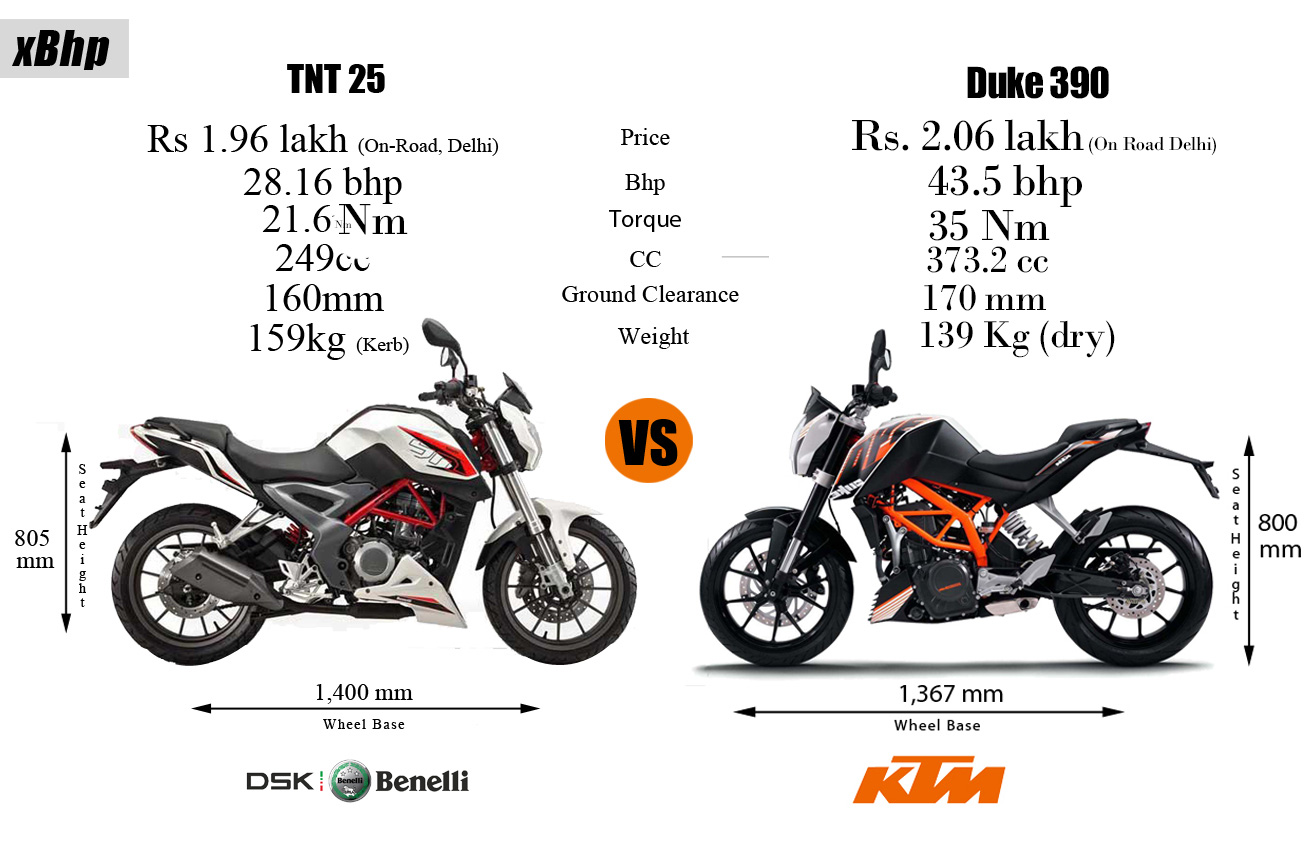

































































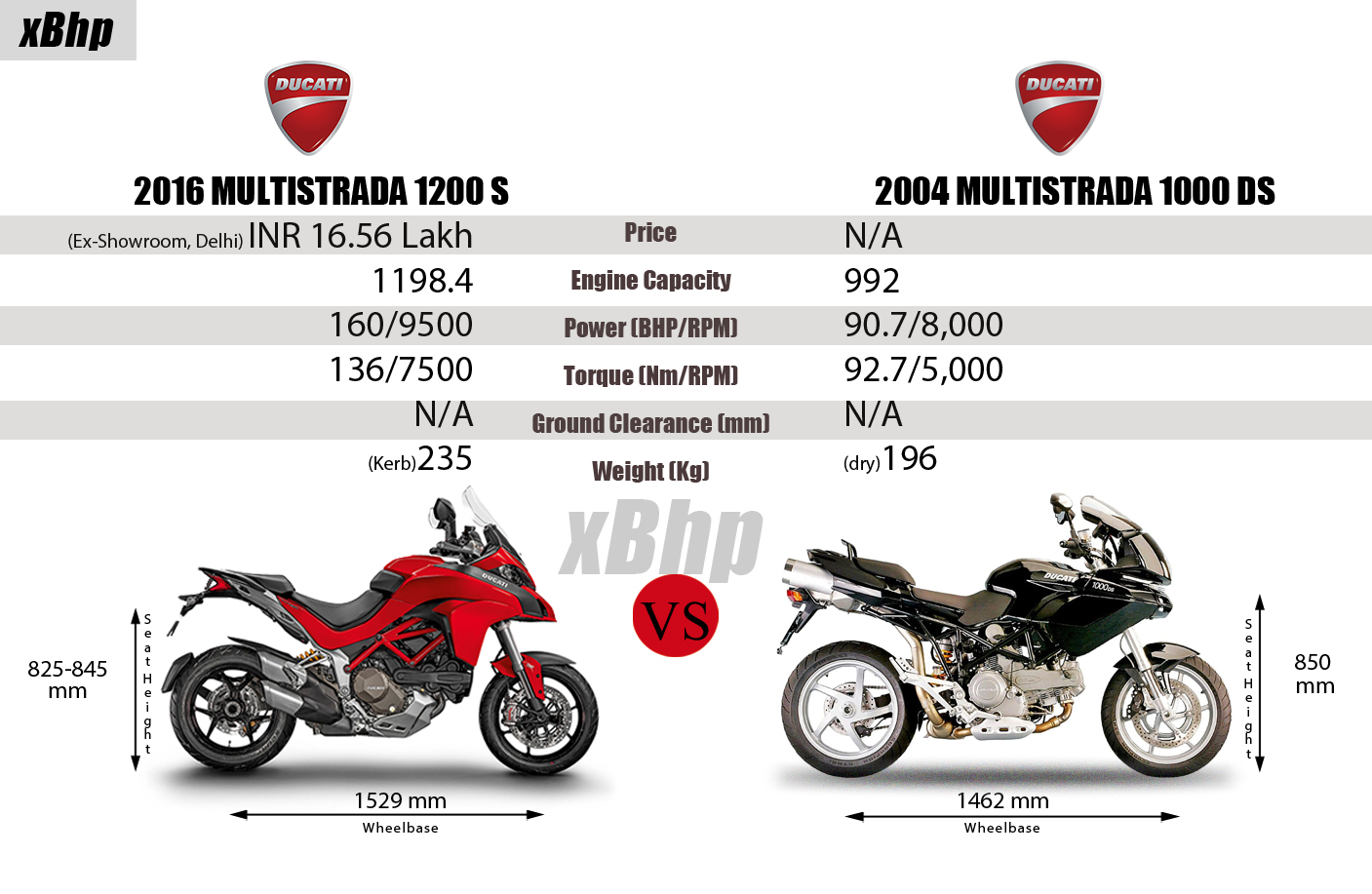

























 You can c
You can c

















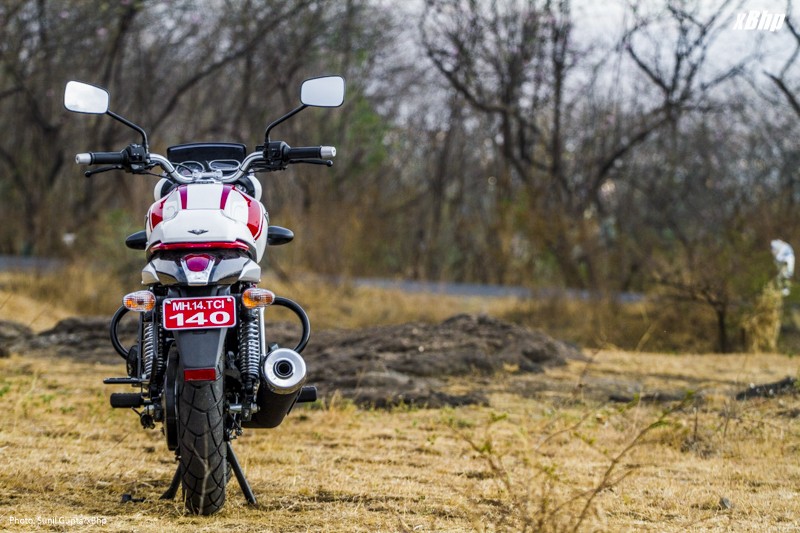

















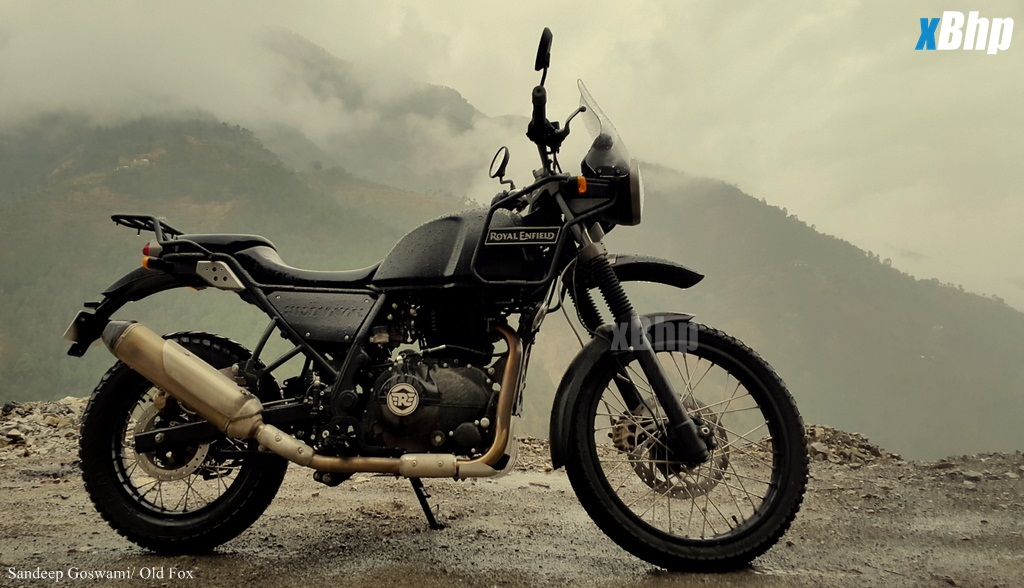




























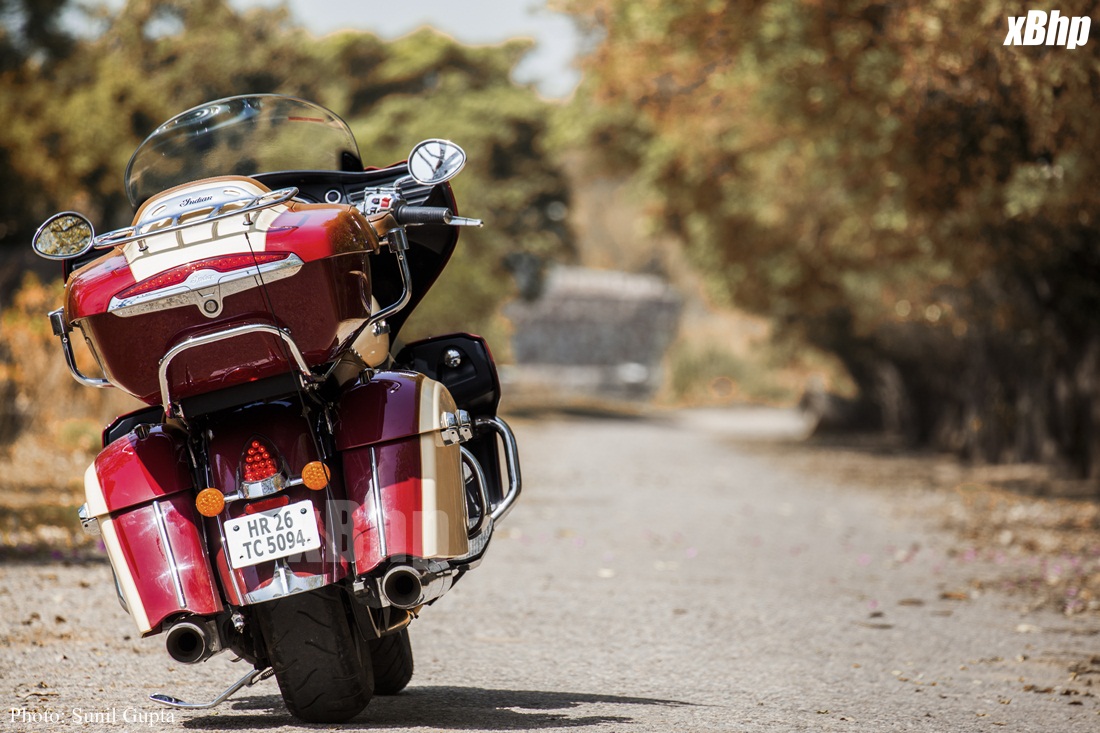

















































































































































































































































































































































 I rarely assign a superlative to a motorcycle, but I have no qualms in calling this one of the most charming motorcycles out there. Note that I do not use the often used word ‘beautiful’, because it is more than that. Triumph has managed to mate function and form into a rare synchronicity. From the neatly hidden catalytic convertor to the rear monoshock – the design language is consistent and fluidic, which pleases the eye. The prettiest angle would be the side view. The silhouette of this bike is unmistakable and unlike anything in the market. The fit and finish of the bike is top notch and there are pretty nifty mods which change the character of the bike and make it into a cafe racer and more.
I rarely assign a superlative to a motorcycle, but I have no qualms in calling this one of the most charming motorcycles out there. Note that I do not use the often used word ‘beautiful’, because it is more than that. Triumph has managed to mate function and form into a rare synchronicity. From the neatly hidden catalytic convertor to the rear monoshock – the design language is consistent and fluidic, which pleases the eye. The prettiest angle would be the side view. The silhouette of this bike is unmistakable and unlike anything in the market. The fit and finish of the bike is top notch and there are pretty nifty mods which change the character of the bike and make it into a cafe racer and more. 











































































